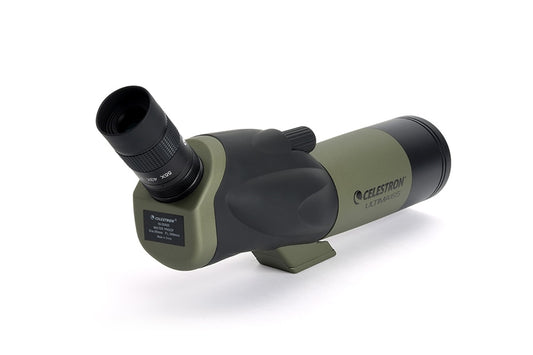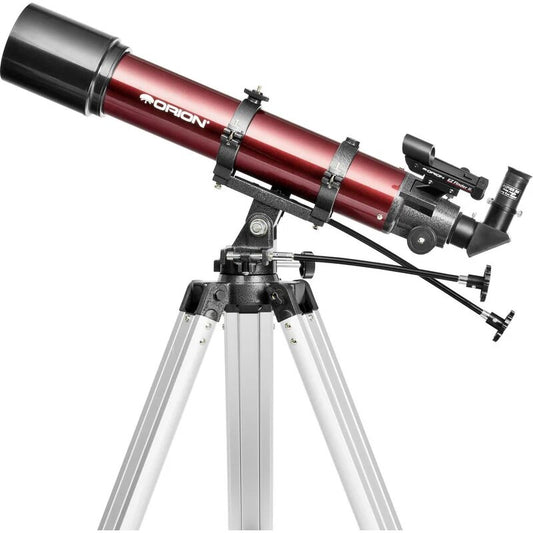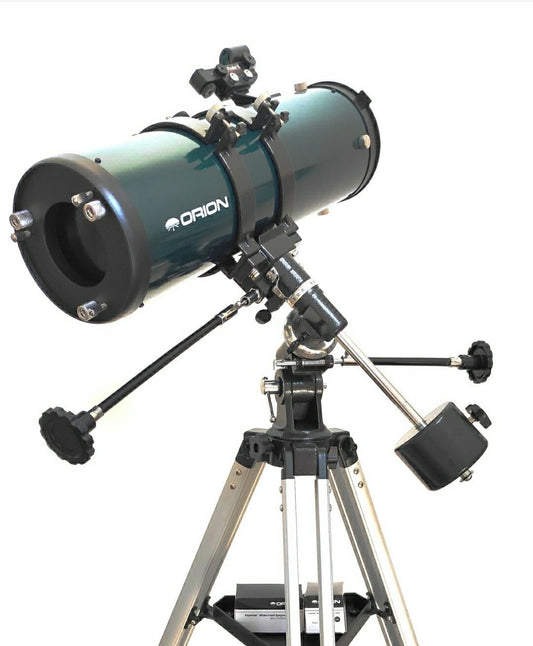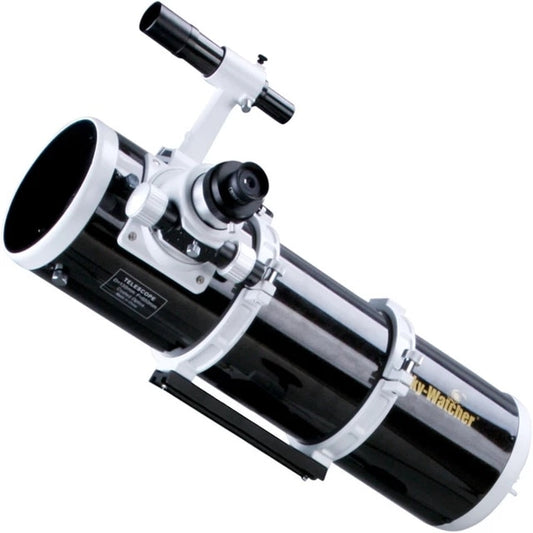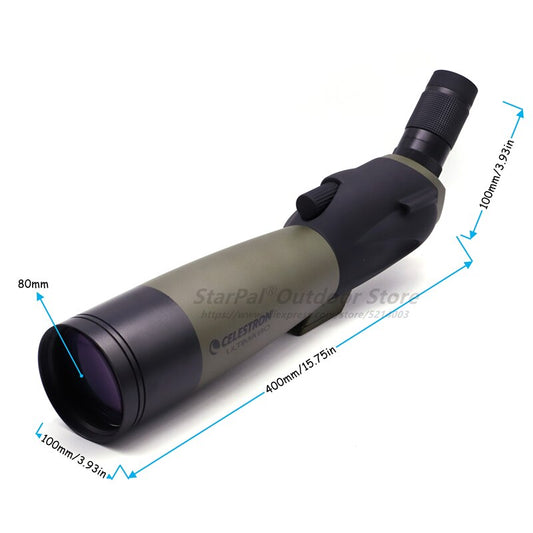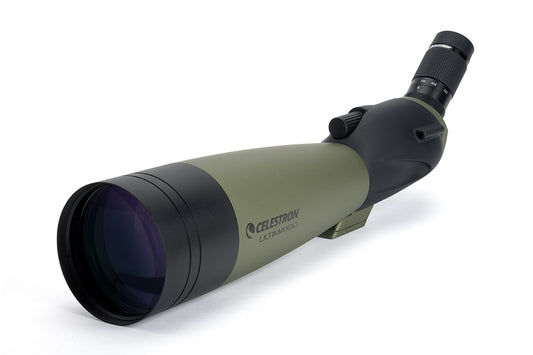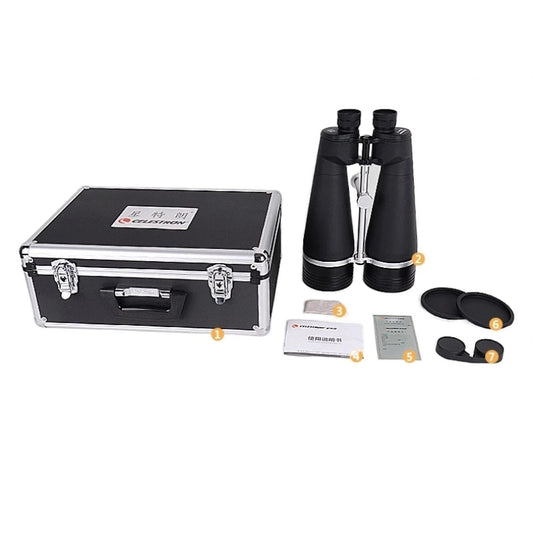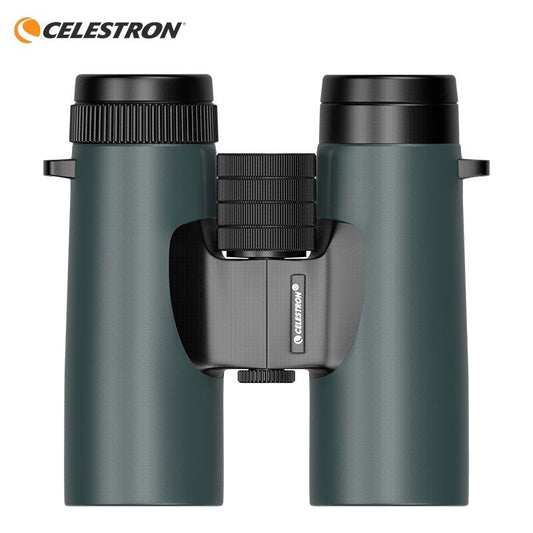Moon Distance From Earth
Have you ever wondered about the mesmerizing celestial dance between the Moon and Earth? The Moon, our closest cosmic companion, holds an eternal fascination for humanity. In this blog post, we'll delve into the captivating topic of the Moon's distance from Earth. Join us as we unravel the mysteries of this celestial bond and uncover the secrets hidden within this astronomical marvel.
Understanding the Moon's Orbit
The Moon's journey around Earth is a captivating interplay of gravity and motion. To comprehend the Moon's distance from Earth, we must first understand its orbit. The Moon orbits our planet in an elliptical path, meaning its distance from Earth fluctuates throughout its celestial voyage.
Average Distance
The average distance between the Moon and Earth is approximately 384,400 kilometers (238,900 miles). This value serves as a reference point for calculating variations in the Moon's distance during its orbit. However, it's important to note that this average can be subject to slight variations due to various factors, including gravitational influences from other celestial bodies.
Moon distance from Earth in Miles / Km / AU
The average distance from the Earth to the Moon is approximately:
- Distance from Earth to the Moon in miles: Approximately 238,855 miles
- Distance from Earth to the Moon in km: Approximately 384,400 kilometers
- Distance from Earth to the Moon in astronomical units (AU): Approximately 0.00257 AU
Perigee and Apogee
The Moon's elliptical orbit brings it closer and farther away from Earth, resulting in two key points: perigee and apogee. Perigee refers to the Moon's closest point to Earth, while apogee represents its farthest point. The disparity between these two distances adds a fascinating dynamic to the Moon's interaction with Earth.
Perigee
During perigee, the Moon can be as close as approximately 356,500 kilometers (221,500 miles) to Earth. This phenomenon, known as a "supermoon," occurs when the Moon's perigee coincides with a full moon. Supermoons appear larger and brighter in the night sky, captivating stargazers worldwide.
Apogee
In contrast, during apogee, the Moon can be as far as approximately 406,700 kilometers (252,700 miles) away from Earth. At this point, the Moon may appear smaller and less luminous compared to when it is at perigee. This variation in size and brightness adds to the visual intrigue of our celestial companion.
Influence on Earth
The Moon's distance from Earth is not merely an astronomical curiosity; it has tangible effects on our planet. The Moon's gravitational pull, despite being relatively weak, affects Earth's oceans, resulting in the mesmerizing phenomenon of tides. During periods of perigee, the gravitational forces exerted by the Moon amplify tides, leading to higher high tides and lower low tides, known as spring tides.
Furthermore, the Moon's influence extends beyond tides. It plays a crucial role in stabilizing Earth's axial tilt, contributing to the preservation of our planet's climate and seasons. The Moon's distance and its gravitational interaction with Earth are fundamental factors shaping our terrestrial existence.

Tips for Observing the Moon's Distance:
- Lunar Observatories: If you're passionate about astronomy, consider visiting a lunar observatory or planetarium. These institutions offer opportunities to learn more about the Moon's distance and witness its celestial beauty through powerful telescopes. Knowledgeable experts can guide you through the experience and provide fascinating insights into lunar exploration.
- Astronomical Events: Stay updated on astronomical events such as lunar eclipses, meteor showers, or special lunar alignments. These events often coincide with the Moon's proximity to Earth, providing excellent opportunities to observe its distance firsthand. Check astronomy websites, social media platforms, and local astronomy clubs for event announcements and guidance on observing these cosmic wonders.
- Photography: Capture the Moon's beauty by experimenting with astrophotography. With the right equipment and techniques, you can document the Moon's various phases and its changing distance from Earth. Long-exposure shots during perigee can showcase the Moon's larger size and breathtaking details.
- Smartphone Apps: Make use of smartphone applications designed for stargazing and astronomy enthusiasts. These apps provide real-time information about the Moon's phase, position, and distance from Earth. They can also help you identify different lunar features and understand their significance.
- Lunar Calendars: Stay informed about upcoming lunar events by keeping a lunar calendar handy. These calendars highlight significant dates such as full moons, supermoons, and lunar perigee and apogee. By knowing when these events occur, you can plan your observations and make the most of the Moon's celestial journey.
Benefits of Understanding the Moon's Distance from Earth:
- Education and Knowledge: Exploring the Moon's distance from Earth enhances our understanding of astronomy and space science. It allows us to appreciate the intricate mechanics of celestial objects and the forces that shape our universe. By delving into this topic, we can expand our knowledge and inspire a sense of wonder and curiosity about the cosmos.
- Astronomical Research: Scientists and researchers studying space and celestial bodies rely on accurate knowledge of the Moon's distance from Earth. Understanding the Moon's orbit and its variations helps refine calculations for space missions, satellite deployments, and astronomical observations. It contributes to the precision needed for space exploration and scientific discoveries.
- Cultural Significance: The Moon has held cultural and spiritual significance for civilizations throughout history. Understanding its distance from Earth allows us to connect with the cultural heritage of diverse societies. By exploring the Moon's proximity and its influence on human beliefs, rituals, and artistic expressions, we gain insight into the rich tapestry of human culture.
- Space Exploration: As humanity continues to venture into space, knowledge of the Moon's distance becomes crucial. The Moon serves as a potential staging point for future space missions, including crewed missions to other celestial bodies. Understanding the Moon's distance facilitates mission planning, trajectory calculations, and resource utilization for future lunar exploration.
- Inspiration and Wonder: The Moon's distance from Earth sparks a sense of awe and wonder within us. Observing its various phases, witnessing a supermoon, or experiencing a lunar eclipse can be transformative experiences. By understanding the Moon's proximity and the factors influencing its distance, we can fully appreciate the grandeur and beauty of our cosmic neighborhood.
Conclusion
The Moon's distance from Earth is a captivating subject that unveils the intricate interplay between celestial bodies. From the captivating supermoons during perigee to the intriguing variations in tides, the Moon's proximity and distance from Earth have a profound impact on our planet. Exploring the wonders of the Moon's orbit and its influence on Earth allows us to marvel at the beauty and complexity of the cosmos. So, next time you gaze up at the night sky and catch a glimpse of the Moon, remember the celestial dance it shares with our home planet.
More Moon Topics:
- How far is the Moon?
- Why Does The Moon Have Phases?
- What are the Phases of the Moon in order
- When is the next full Moon
- How to Photograph the Moon
- Moon Exploration
- Moon Formation
- Moon Missions
- Moon Myths
- Moon Orbit
- Moon's Magnetic Field
- New Moon







